It is salamander breeding time!
We‘re excited to find gelatinous egg masses, and suspecting the eggs are those of the spotted salamander, we sent the photo to Megan Gibbons, Professor of Biology at BSC. We see Megan and her students on the mountain during salamander breeding season and at the Friends of Shades Creek Salamander Festival at the Homewood Forest Preserve.
Megan confirmed, “These are spotted salamander egg masses. Some of them are clear and others are opaque (determined by the genetics of the mother). The individual embryos that look white are not viable; they are either infected by fungus, were frozen, or maybe just not fertilized. The others all look great!”
Spotted salamanders (Ambystoma maculatum) live in moist forest burrows — beneath leaves, soil, or decaying logs. They come out once a year to mate and lay their eggs in vernal pools, seasonal wetlands that dry up in the summer.
As you hike the mountain, you’ve surely noticed several depressions and pits not far from the trails. These pits are leftover from the surface mining of iron ore. Around 10 years ago, Ruffner conservationists lined a few of the mining relic pits with flexible pond liners, essentially turning them into breeding habitats for salamanders and frogs. The addition of the liners allows the vernal pools more time to hold water, but the pools are still shallow enough to dry up before allowing fish to establish. Given the chance, fish would be ferocious predators of egg masses, so these vernal pools are most important for supporting amphibian life cycles. Photo of spotted salamander by Vitaly Charny

















